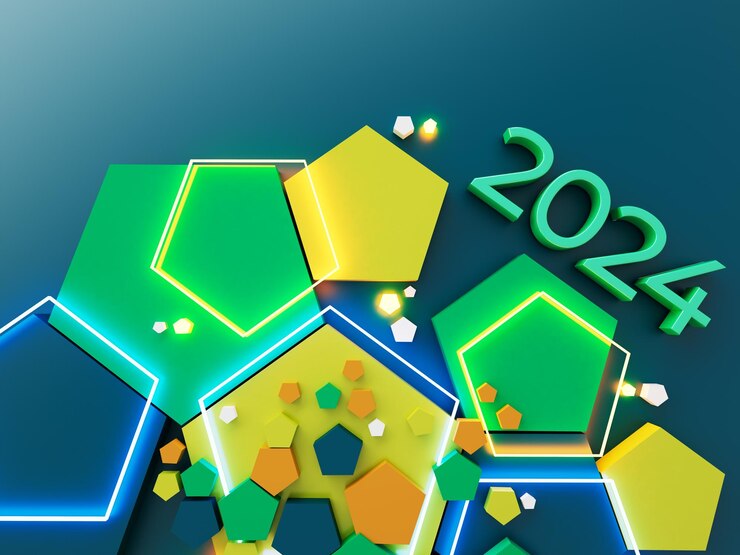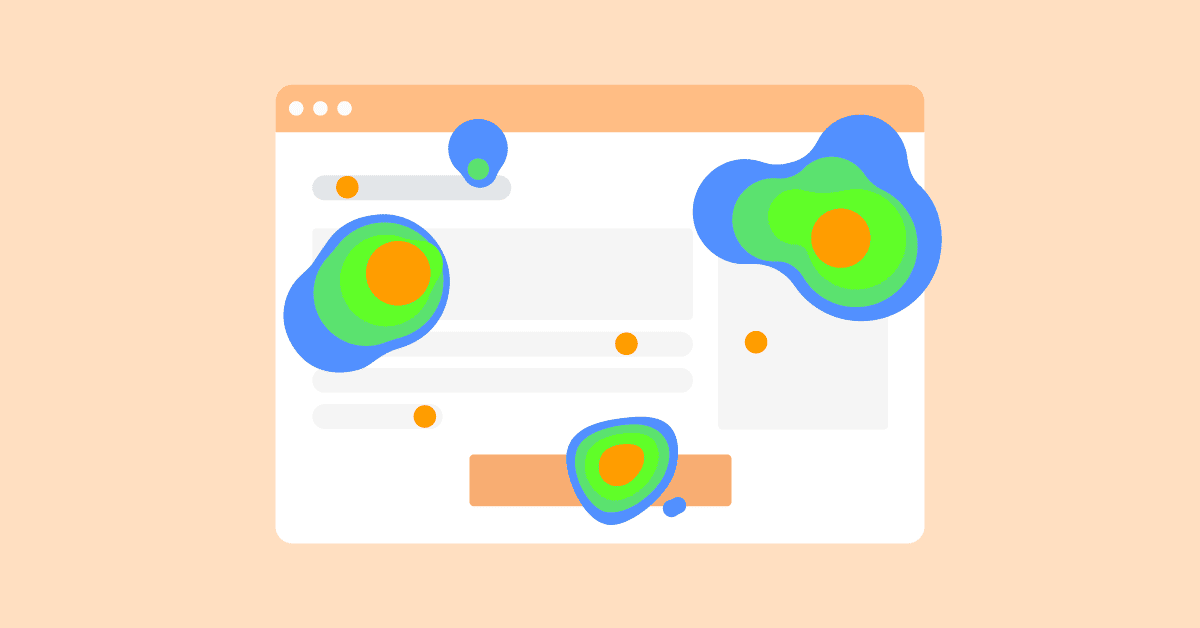The world of 3D animation is constantly evolving, pushing the boundaries of creativity, technology, and storytelling. As we move through 2024, several exciting trends are shaping the future of this art form, with applications in film, gaming, product design, virtual reality, and more. This blog delves into the latest trends in 3D animation, focusing on innovations, tools, and techniques that are transforming the industry.
1. Hyper-Realistic Rendering and Textures
One of the most noticeable trends in 3D animation for 2024 is the push towards hyper-realistic rendering. With advances in rendering engines such as Unreal Engine and Redshift, animators are able to create images that are indistinguishable from real-life footage. These technologies have introduced sophisticated lighting models, enhanced shading techniques, and photorealistic textures, which are allowing 3D animation studios to generate lifelike environments and characters with unprecedented detail.
From the fine textures of skin, hair, and eyes to realistic environmental effects such as fog, dust, and reflections, the level of realism achieved in 3D animation is mind-boggling. This trend is especially prominent in the gaming, film, and virtual reality sectors, where users demand more immersive and realistic experiences. 3D animation services are now able to bring more life to projects, creating animations that leave a lasting visual impact.
2. Artificial Intelligence (AI) in Animation Production
In 2024, AI is becoming an integral part of the animation production process. Tools powered by AI are enabling animators to automate repetitive tasks, such as generating in-between frames, cleaning up rough animation, and even suggesting design elements based on past work. These AI-driven technologies save time and effort while giving animators more space to focus on the creative aspects of their projects.
Additionally, AI is being used to enhance character rigging and animation. With deep learning algorithms, it’s possible to create more natural-looking movements, even with minimal input from the animator. For example, AI can be used to analyze video footage of real people and then automatically apply that motion data to a 3D character model. This level of automation is opening new possibilities for 3D animation services, making it easier for studios to produce high-quality animations at a faster pace.
3. Real-Time Animation and Virtual Production
The shift towards real-time animation and virtual production is one of the most groundbreaking trends in 2024. Virtual production, which became popularized through shows like The Mandalorian, involves using digital sets and real-time rendering engines to create environments that interact with live-action footage seamlessly. This allows for real-time interaction between the physical and digital worlds, offering a level of flexibility and efficiency that traditional animation techniques can’t match.
This trend is particularly relevant for animation studio Los Angeles, as the city is home to many leading virtual production facilities and cutting-edge animation studios. By integrating real-time rendering technology, animation studios can streamline the production process, allowing for quicker decision-making, faster feedback loops, and more dynamic creative experimentation.
4. Augmented Reality (AR) and Virtual Reality (VR) Integration
Augmented Reality (AR) and Virtual Reality (VR) are no longer just futuristic concepts—they are now essential components of 3D animation production. In 2024, the integration of AR and VR technologies into animation workflows is becoming increasingly common, especially in fields like gaming, architecture, education, and healthcare. The ability to interact with 3D animations in real-time through AR and VR headsets creates an immersive experience for the user that is far beyond what traditional animation can offer.
For example, AR apps allow users to visualize 3D models of products in their real-world environments, which is particularly useful for industries such as automotive, fashion, and consumer electronics. VR, on the other hand, is enabling fully immersive worlds for users to explore. Animation studio Los Angeles is at the forefront of this trend, with many local studios incorporating AR and VR into their creative processes to create more engaging and interactive animations.
5. 3D Animation for Interactive Storytelling
Storytelling is an essential part of any successful 3D animation, and the interactive storytelling trend is gaining momentum in 2024. Interactive 3D animations allow viewers to engage with the narrative, influencing the outcome of the story through choices or actions. This trend is being driven by the rise of interactive media, such as video games and interactive films, where the audience plays a direct role in how the story unfolds.
This trend is also affecting the world of branded content and advertising, where companies use interactive 3D animations to create more personalized and engaging experiences for consumers. With 3D animation services becoming more sophisticated, animators can create branching storylines, responsive environments, and characters that adapt based on user choices. The use of 3D animation in interactive storytelling is revolutionizing the way audiences experience media.
6. Procedural Generation and Dynamic Environments
Procedural generation is an algorithmic approach to creating 3D environments, textures, and characters that are both unique and dynamic. In 2024, the use of procedural generation is becoming increasingly popular in games, films, and simulations, where the need for expansive and varied environments is high. This technique allows for the automatic creation of vast worlds without the need for manual input from artists.
For example, in gaming, procedural generation is used to create landscapes, cities, and even entire universes that are different every time they are explored. For animation studios, procedural generation offers the ability to create rich, dynamic environments that evolve over time or react to the story’s progression. 3D animation services are leveraging this technology to produce more complex and diverse animation projects with fewer resources.
7. Motion Capture and Digital Humans
The development of more advanced motion capture (mocap) technologies is having a profound impact on 3D animation in 2024. With the rise of digital humans—highly detailed and realistic human characters used in films, games, and virtual simulations—motion capture has become an essential tool in achieving lifelike movements. The use of mocap data allows animators to capture human performances, including facial expressions and body movements, and apply them directly to 3D characters.
Digital humans are now used extensively in films, TV shows, and commercials to bring characters to life with unparalleled realism. Animation studios are incorporating photogrammetry and 3D scanning technologies to create hyper-realistic avatars that can interact naturally in virtual environments. For animation studio Los Angeles, which specializes in high-end animation for entertainment, technology, and virtual environments, this trend is particularly relevant, pushing the envelope on character animation and realism.
8. Blockchain and NFTs in Animation
In 2024, the influence of blockchain technology and Non-Fungible Tokens (NFTs) is extending into the world of 3D animation. Digital art, including 3D animations, is being tokenized on the blockchain, allowing creators to sell their work as unique, verifiable assets. NFTs are particularly popular among independent animators and studios, offering a new way to monetize digital content.
NFTs are also being used in the development of animated series and short films, with creators offering exclusive access to their works or limited-edition content. For 3D animation services, this opens up new avenues for revenue generation and audience engagement, while also providing a more secure way for animators to protect their intellectual property in an increasingly digital world.
9. Sustainability in 3D Animation Production
As the world becomes more focused on sustainability, the 3D animation industry is taking steps to reduce its environmental impact. The production of animation, particularly at large scales, requires significant computational resources, energy, and raw materials. However, in 2024, many animation studios are embracing eco-friendly practices, including using energy-efficient hardware, adopting cloud-based workflows, and minimizing physical resource usage.
Animation studios are also finding innovative ways to offset their carbon footprint, including utilizing renewable energy sources and reducing waste during production. For animation studio Los Angeles, the drive for sustainability aligns with the growing trend of socially responsible content creation, which is being incorporated into their production processes and storytelling strategies.
Conclusion
The landscape of 3D animation in 2024 is exciting and ever-evolving, with new technologies, techniques, and trends pushing the boundaries of what’s possible. From hyper-realistic rendering and AI-powered automation to the integration of AR, VR, and interactive storytelling, the possibilities for animators are expanding like never before.
As 3D animation services continue to develop, the ability to create immersive, lifelike, and interactive experiences will shape the future of entertainment, advertising, product design, and more. Whether you’re in the gaming, film, or virtual reality industries, 2024 is shaping up to be a year of technological innovation, creative breakthroughs, and new ways of storytelling. For animation studio Los Angeles, these trends are at the heart of the city’s cutting-edge animation scene, offering endless opportunities for growth and creativity in this exciting field.




